Editor :
Est-Nord-Est, résidence d'artistes
Year :
2021
Pages :
n.p.
Language :
French / English
Author :
Jade Boivin
Artist and author
When Austrian artist Markus Guschelbauer arrives in a location, he seeks out its specificities. During his stay, he wants to capture the frames or the forms that structure our view of nature and their surroundings. Although he is always searching for areas that have never been touched by humans, he finds himself unable to complete this quest and intuitively identifies the elements in the land that define each place, around which he will work with his motifs.
The studio at Est-Nord-Est, with its concrete floor and large bay windows, was, luckily, quite emblematic of the relationship that Guschelbauer establishes with nature – a state of being both within and withdrawn. In his view, we cannot ignore what distinguishes nature from culture. His creative residency was therefore articulated around interventions made in the landscape. A white two-dimensional basketball and the word “fermé” (closed), both made of wood, and an inscription, “Sehnsucht,” written in chalk on the sign for an abandoned motel, were the main works he created during his time at Est-Nord-Est. For Guschelbauer, the landscape is a transmitter: it contains the signs that are the very basis of communication, and art is a means of expanding this language through physical gestures. This is why he works with his objects as signs or images, but through materials that he, himself, inserts into the landscape. There’s no question of altering his photographs to add his white ball, for example; he prefers to create his images through observation, imitation, and reproduction, and then change the context for these objects and photograph them again, to end up with an accumulation of images, or a time-lapse. The photograph blurs certain reference points; in the image, we lose the flatness of the wooden object.
Guschelbauer’s in situ interventions thus create a language starting from nature, but without claiming any particular truth. And as long as they remain there, their presence in the natural and built environment of Saint-Jean-Port-Joli may seem absurd to passersby. Art, Guschelbauer insists, shouldn’t be overly explained. “Sehnsucht” will be slowly erased by rain, and those who want to know what it means will find “nostalgia,” a nod to the crumbling sign for the abandoned motel on the edge of Route 132.
Discover
Newsletter
Keep up to date with the latest news!
Follow us
© 2026 Est-Nord-Est




